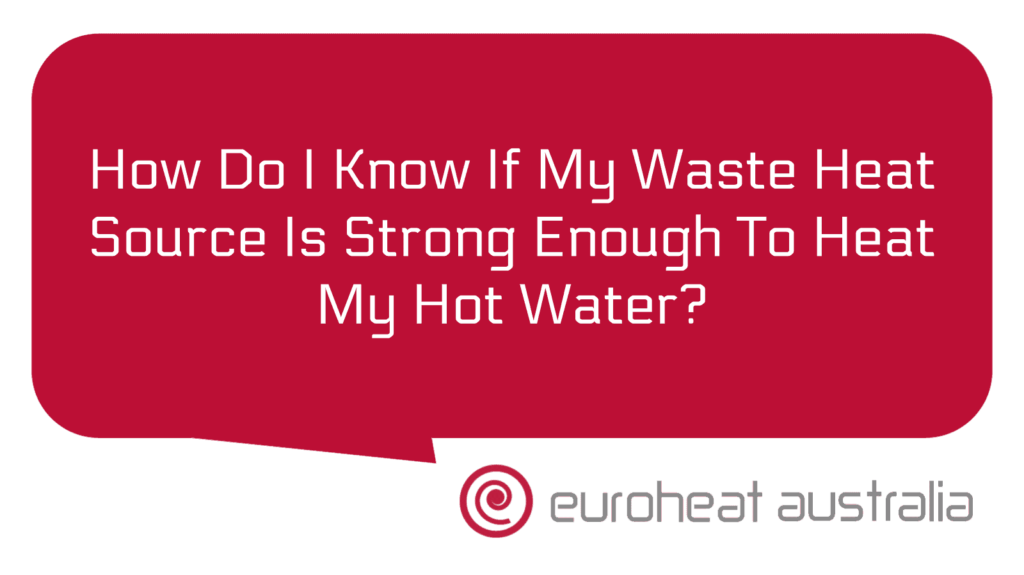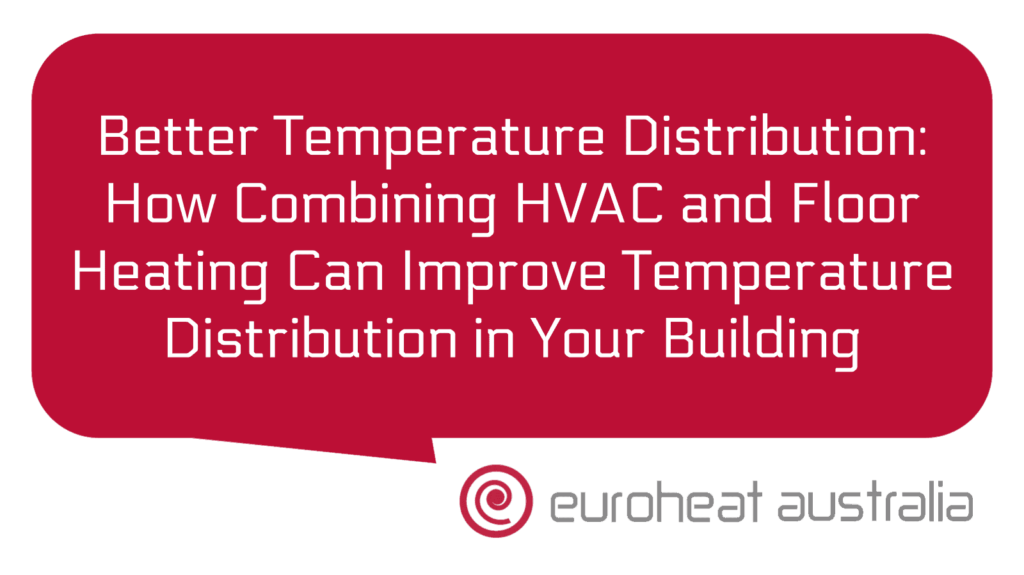As a homeowner, you want to make sure that your hot water is heated efficiently and cost-effectively. One way of doing this is to use a waste heat source to heat your hot water. But how do you know if your waste heat source is strong enough to do the job?
To answer this question, you need to consider the amount of energy (in joules or BTUs) that the waste heat source can produce and compare it with the energy needed to heat your hot water. If the energy produced by the waste heat source is greater than or equal to the energy needed for heating, then you’re good to go.
It’s important to remember that if you’re using a gas boiler or electric heater as your main hot water heating source, then it will take longer for them to provide enough energy for heating. This means that having a strong enough waste heat source can significantly reduce your time spent waiting for hot water in addition to cutting down on your energy costs.
You can calculate how much energy is needed for heating by using the formula: BTU = 1 x Gallon x 8.33 x Temperature Difference (where BTU stands for British Thermal Units and Temperature Difference stands for the difference between the temperature of cold water entering into your system and hot water exiting).
Once you know how much energy is needed, you can then decide which type of waste heat source would be best suited for heating your hot water. For example, if you have a wood burning stove in your home, then it may be able to provide enough energy for small amounts of hot water. However, if you need large amounts of hot water then a better option would be an air-source or ground-source heat pump as these have much higher efficiency levels than other sources of waste heat.
Another option would be installing a Heat & Chill Recovery System – this could help reduce both time spent waiting for hot water and also save costs on energy bills over time due to its higher efficiency levels compared to other methods of heating/cooling systems. By installing such a system, homeowners can benefit from upcycled warmth from one area being used in another area within their house – resulting in increased comfort levels without extra expense – and also reducing their carbon footprint by reducing electricity usage!
If you’re looking at getting such a system installed into your home, then Euroheat Australia – Perth’s leading engineers & installers with 30 years experience – are here ready to help guide you through all aspects of designing & constructing hydronic heating & cooling systems with maximum efficiency & value. Their team are highly experienced when it comes to designing systems specifically tailored towards individual needs whilst keeping operational costs down which makes them ideal partners when it comes to ensuring that all homeowners get maximum return on their investment when it comes time for installation & upgrades!





